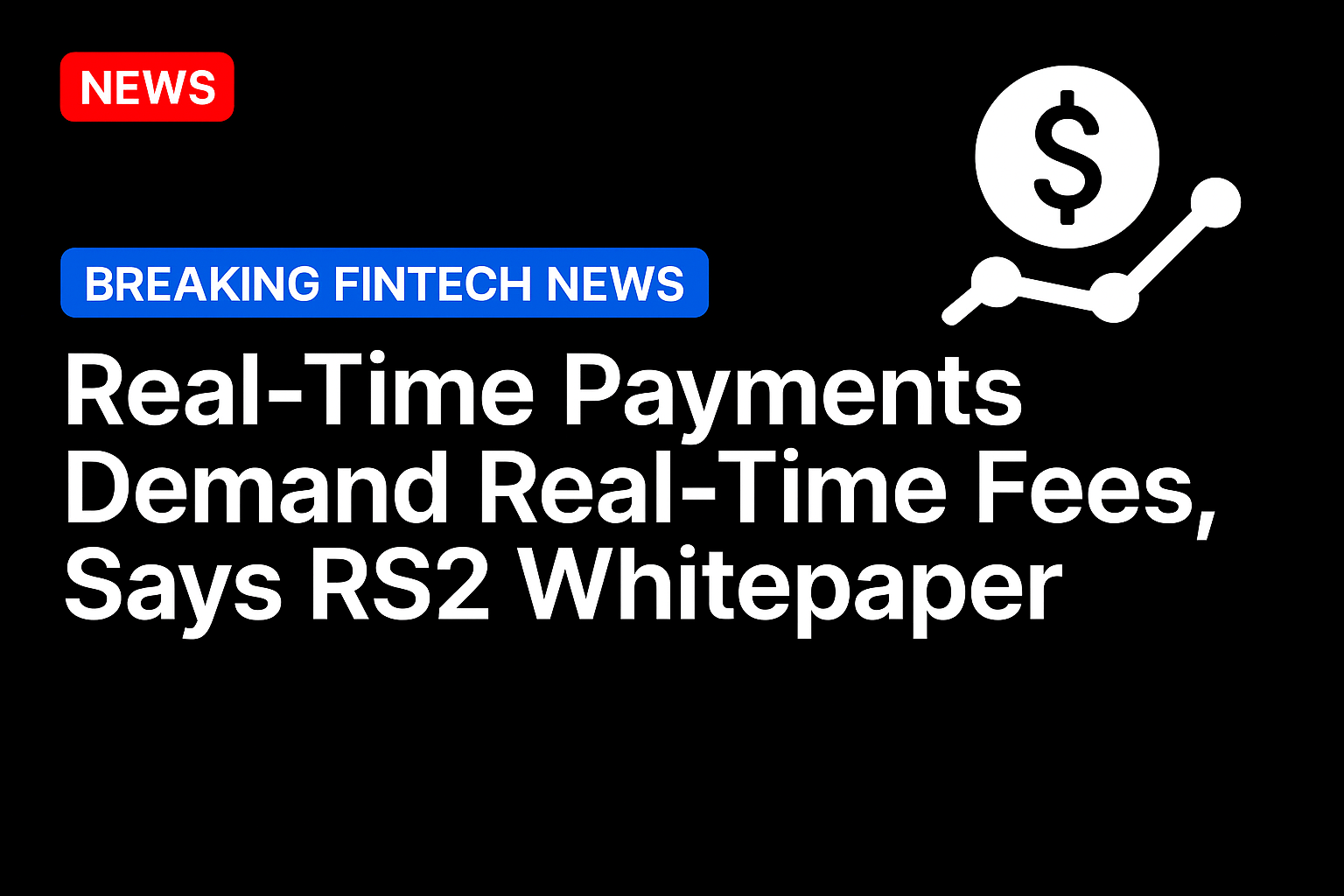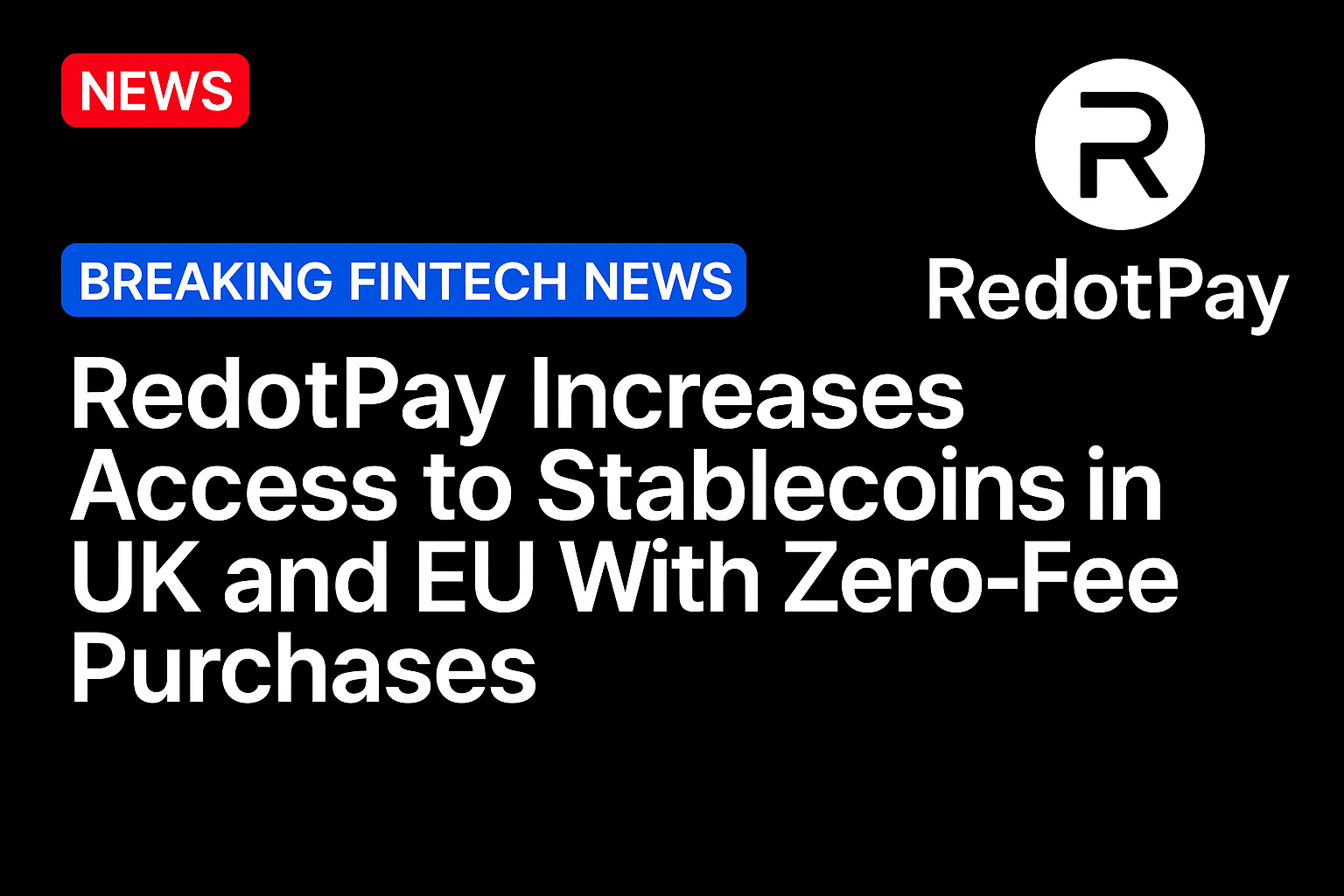As real-time payments take off, set to make up one in three transactions worldwide by 2030, a new whitepaper from RS2, a global payments technology provider, warns the industry is falling behind where it matters most: fee settlement.
While consumers embrace the speed and convenience of instant payments, many acquirers and payment service providers (PSPs), the companies that help merchants accept payments, continue to rely on outdated, end-of-day systems that eat into margins and cost them revenue.
Titled Real-Time Fee Calculation and Settlement for a Real-Time World, RS2’s report outlines how static pricing models expose PSPs to millions in losses annually. It proposes an AI-driven approach that promises smarter routing, dynamic pricing and enhanced fraud detection.
“While real-time payments now deliver unparalleled convenience and choice, fee calculation and interchange reporting are stuck in the ‘old world’ of overnight settlement,” said Radi El Haj, CEO of RS2.
Key findings from the RS2 whitepaper
- Outdated fee models are costing providers millions: A 10 basis point (bps) increase in interchange fees can reduce profit margins for acquirers and PSPs by up to 33 per cent. For those handling $10million in daily transactions, this could mean annual losses of up to $3.65million.
- Dynamic pricing can flip the equation: Moving from fixed fees to real-time, AI-powered pricing models could boost annual revenue by up to $1million, creating a $4.65million swing compared to traditional overnight settlement systems.
- Smarter routing slashes transaction costs: RS2’s system reroutes a typical €500 cross-border card payment, normally charged €9.50 in fees, through SEPA (Single Euro Payments Area) Instant Payment rails for €1, saving €8.50 per transaction.
- AI-driven fraud detection through ‘cost anomalies’: When the system spots unusually high fees, often a red flag for fraud, it flags the transaction in real time, before it goes through.
- Real-time compliance and transparency: Detailed fee breakdowns make it easier for PSPs and acquirers to meet regulatory requirements under frameworks like the EU’s Payment Services Directive (PSD2 and the upcoming PSD3).
RS2’s response
After laying out the financial risks of outdated settlement systems, RS2 makes the case for smarter, AI-led infrastructure that goes beyond simply keeping up with real-time payments.
“Our decision engine selects the most cost-efficient route for each transaction,” added El Haj, explaining that RS2’s system calculates fees at the point of authorisation, enabling dynamic pricing and optimal routing across domestic and cross-border channels.
According to El Haj, it’s not just about speed: “Whether it’s routing a domestic transaction through a lower-cost regional processor or splitting cross-border payments across rails, RS2 ensures clients don’t just meet real-time expectations, they profit from them.”
Beyond cost savings, RS2 outlines capabilities aimed at strengthening margins and compliance: dynamic pricing for products like buy now, pay later (BNPL), real-time fraud detection via ‘cost anomalies’ and granular regulatory reporting aligned with evolving standards like PSD2 and PSD3.
“As acquiring becomes increasingly commoditised,” El Haj also added, “smart, AI-led fee and routing optimisation transforms how providers compete and grow.”
Source: https://thefintechtimes.com/




